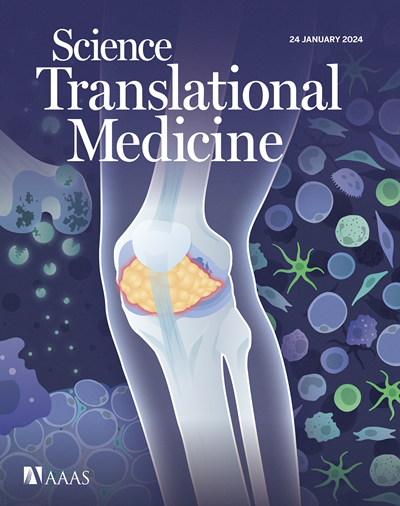Clinically compliant enrichment of human pluripotent stem cell–derived islets
IF 15.8
1区 医学
Q1 CELL BIOLOGY
引用次数: 0
Abstract
Human pluripotent stem cell–derived islet (SC-islet) transplantation is a promising β cell replacement therapy for patients with type 1 diabetes, offering a potential unlimited cell supply. Yet, the heterogeneity of the final cell product containing non–target cell types has relevant implications for SC-islet function, transplant volume, and cell product safety. Here, we present a clinically compliant, full three-dimensional differentiation protocol that includes a purification step of endocrine cell–rich clusters, relying on the principle of isopycnic centrifugation (density gradient separation). Enriched SC-islets displayed signs of functionality in vitro and in vivo. In contrast with antibody-based single-cell sorting approaches, this method does not destroy the islet cytoarchitecture associated with alterations of islet function and cell loss. Furthermore, it is fast, is easily scalable to large cell volumes, and can be applied during cell manufacturing. This method may also contribute to the generation of improved cell-based therapies for regenerative medicine purposes beyond the SC-islet field.
求助全文
约1分钟内获得全文
求助全文
来源期刊

Science Translational Medicine
CELL BIOLOGY-MEDICINE, RESEARCH & EXPERIMENTAL
CiteScore
26.70
自引率
1.20%
发文量
309
审稿时长
1.7 months
期刊介绍:
Science Translational Medicine is an online journal that focuses on publishing research at the intersection of science, engineering, and medicine. The goal of the journal is to promote human health by providing a platform for researchers from various disciplines to communicate their latest advancements in biomedical, translational, and clinical research.
The journal aims to address the slow translation of scientific knowledge into effective treatments and health measures. It publishes articles that fill the knowledge gaps between preclinical research and medical applications, with a focus on accelerating the translation of knowledge into new ways of preventing, diagnosing, and treating human diseases.
The scope of Science Translational Medicine includes various areas such as cardiovascular disease, immunology/vaccines, metabolism/diabetes/obesity, neuroscience/neurology/psychiatry, cancer, infectious diseases, policy, behavior, bioengineering, chemical genomics/drug discovery, imaging, applied physical sciences, medical nanotechnology, drug delivery, biomarkers, gene therapy/regenerative medicine, toxicology and pharmacokinetics, data mining, cell culture, animal and human studies, medical informatics, and other interdisciplinary approaches to medicine.
The target audience of the journal includes researchers and management in academia, government, and the biotechnology and pharmaceutical industries. It is also relevant to physician scientists, regulators, policy makers, investors, business developers, and funding agencies.
 求助内容:
求助内容: 应助结果提醒方式:
应助结果提醒方式:


